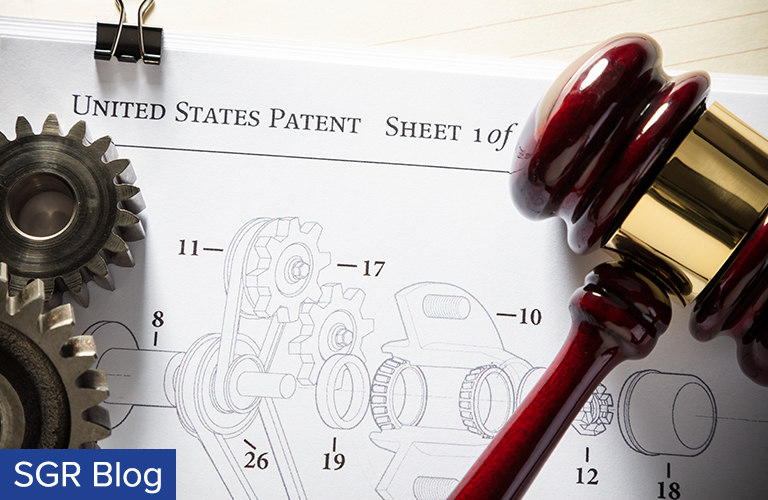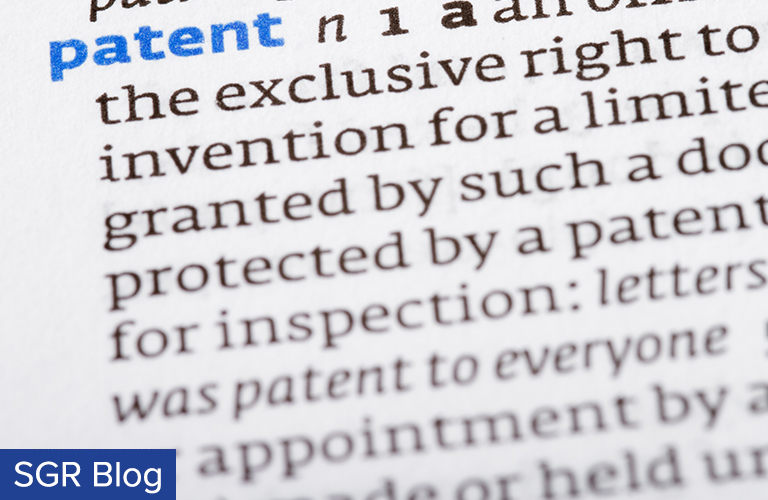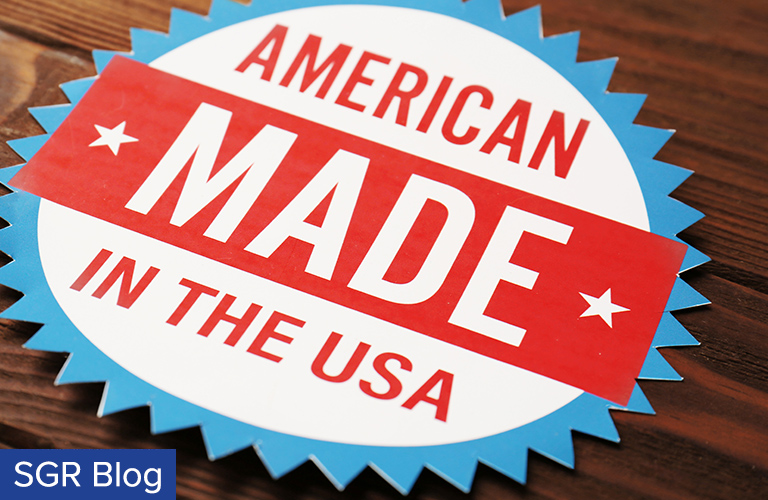
On January 23, 2019, the Court of Appeals for the Federal Circuit significantly altered the rules concerning the possible amount of Patent Term Adjustment (PTA) available to patentees. In Supernus Pharmaceuticals, Inc. v. Iancu, WL 286925 (Fed. Cir, 2019), the Federal Circuit held that the United States Patent and Trademark Office (USPTO) exceeded its rulemaking authority by assessing a PTA reduction that exceeded the statutory limitations. PTA is calculated by adding delay in prosecution attributable to the USPTO and subtracting delay attributed to the applicant. The net number of days is awarded as PTA to the granted patent. Supernus Pharmaceuticals,… Read more










